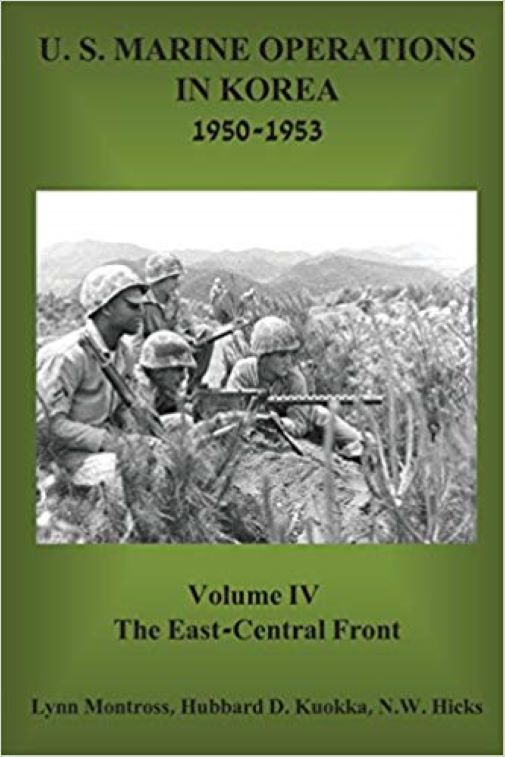AMERICANS everywhere will remember the inspiring conduct of Marines during Korean operations in 1950. As the fire brigade of the Pusan Perimeter, the assault troops at Inchon, and the heroic fighters of the Chosin Reservoir campaign, they established a record in keeping with the highest traditions of their Corps. No less praiseworthy were the Marine actions during the protracted land battles of 1951, the second year of the Korean “police action.” The 1st Marine Division, supported wherever possible by the 1st Marine Aircraft Wing, helped stem the flood of the Chinese offensive in April. Then lashing back in vigorous and successful counterattack, the Marines fought around the Hwachon Reservoir to the mighty fastness of the Punchbowl. The Punchbowl became familiar terrain to Marines during the summer of 1951, and the Division suffered its heaviest casualties of the year fighting in the vicinity of that aptly named circular depression. The fighting waxed hot, then cold, as the truce teams negotiated. They reached no satisfactory agreement, and the fighting again intensified. Finally, after a year of active campaigning on Korea’s east-central front, the Marines moved west to occupy positions defending the approaches to the Korean capital, Seoul. The year of desperate fighting, uneasy truce, and renewed combat covered by this volume saw the operational employment of a Marine-developed technique—assault by helicopter-borne troops. Tactics were continually being refined to meet the ever-changing battle situation. However, throughout the period, the one constant factor on which United Nations commanders could rely was the spirit and professional attitude of Marines, both regular and reserve. This is their hallmark as fighting men.
388 pages





